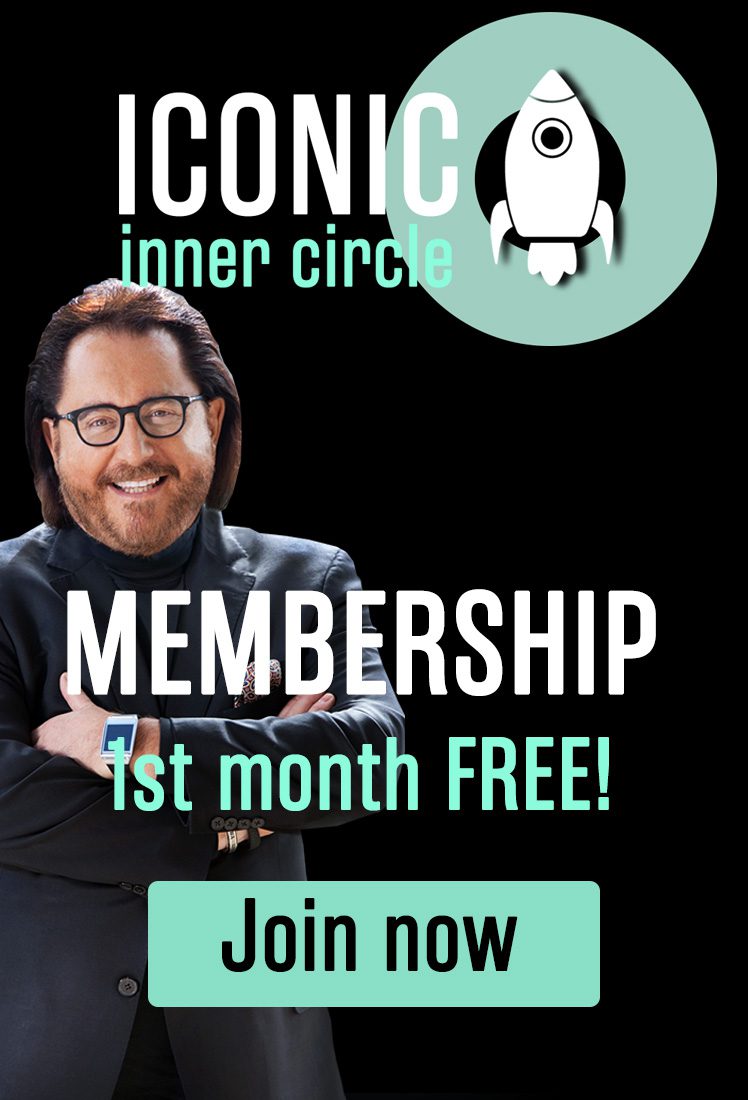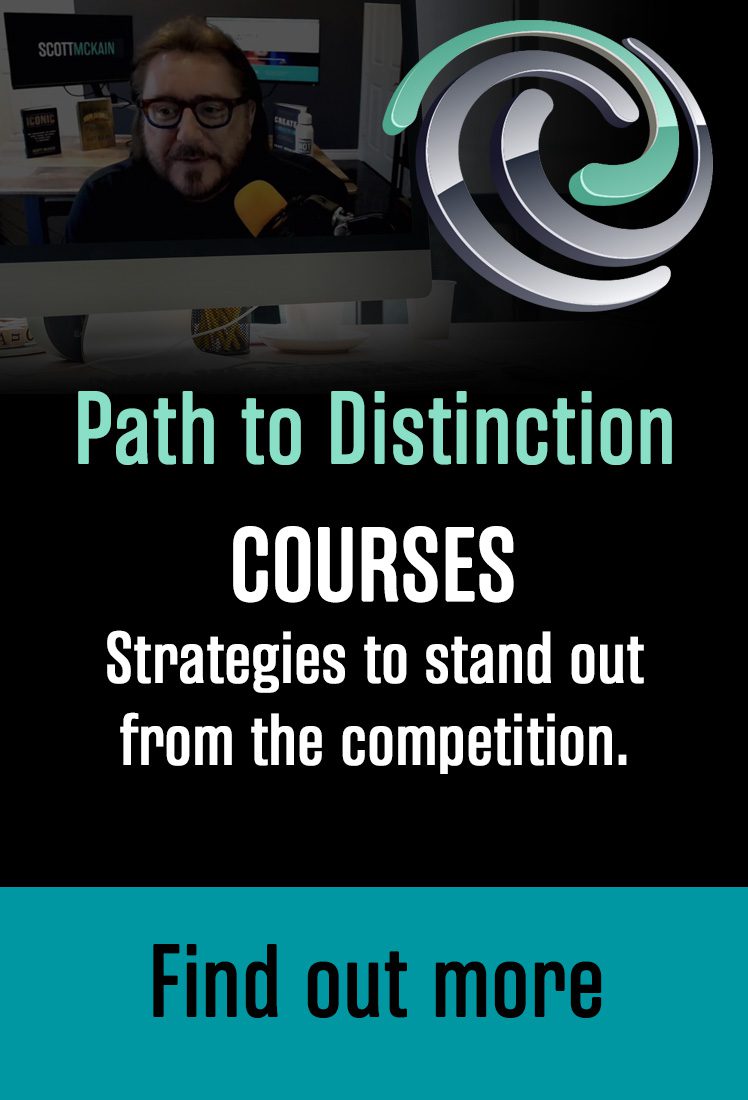- When we think of ancient humans, we often picture them around a campfire, telling stories.
- When we were kids, we asked a parent to read us a bedtime story.
- When we examine the fastest growing companies of the past decade, one at the top is Netflix – which enables us to view stories at any time, on demand.
- So why would we ever presume that facts and figures about our products or services would be more compelling to a customer or colleague than a well-crafted story?
One aspect of my business that has rapidly expanded over the past year is helping organizations and professionals develop and relate stories. It enables them to illustrate their advantages and connect emotionally at a level that is deeper and more significant.
- It occurred to me that I’m likely the only business author and professional speaker who has talked about how to write a story with Quentin Tarantino, how to develop characters with James Cameron, and how to move an audience emotionally with Oliver Stone.
And, therein lies one of our biggest challenges in creating our own stories: we don’t recognize our own uniqueness. Frankly, I failed to recognize how my work as a movie reviewer for a decade and the opportunities it brought me to study storytelling would have impact in a business environment.
We quickly grasp the stories that others should be telling – and fail to see it in our own lives and careers. We drop the ball when it comes to recognizing the stories in our own experiences, even when we are enthralled by the narrative others relate to us. I see it all the time.
An important point to remember is this: a story cannot be well told until it is first well written.
A great goal for this week is to develop a single story that you could tell. Start by jotting down the beginning of the story, which will describe the problem that had to be solved; the middle of the story, which relates the search for a solution; and the conclusion of the story, which is the satisfying ending.
Then, start telling your story to family and friends to get their feedback. Look for ways you can tighten the story to tell it more quickly and powerfully.
- Finally, remember this: it’s been said forever that a confused prospect never becomes and customer.
Relating a powerful story enhances your ability to eliminate confusion, turn prospects into customers, and engage them so they are more connected to your customer experience.
So…tell me a story!



